Dune
Introduction
"Dune" is a term that refers to a hill or ridge of sand built by aeolian processes (wind) or the flow of water. Dunes are found in deserts and coastal areas worldwide. The study of dunes, their formation, classification, and distribution is a specialized field within geomorphology.
Formation
Dunes are formed when wind or water transports and deposits sand in a new location where the sand is subsequently shaped into various forms by the continued movement of the wind or water. This process is known as aeolian processes when it involves wind and fluvial processes when it involves water.
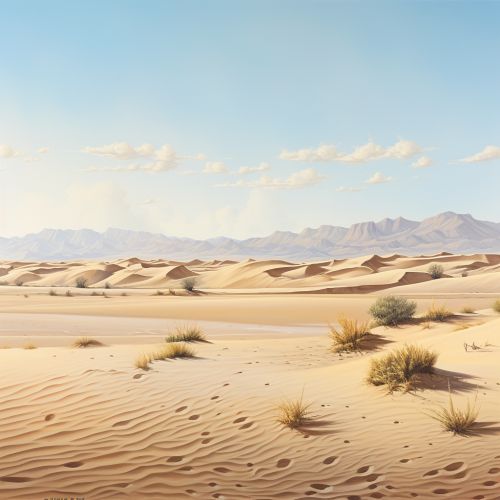
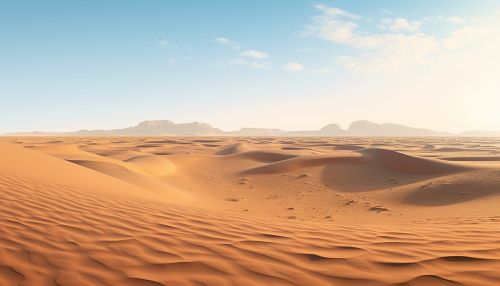
Classification
Dunes are classified based on their shape, which is determined by the wind direction, sand supply, and the vegetation cover. The main types of dunes include crescentic, linear, star, dome, and parabolic dunes. Each of these types can be further subdivided.
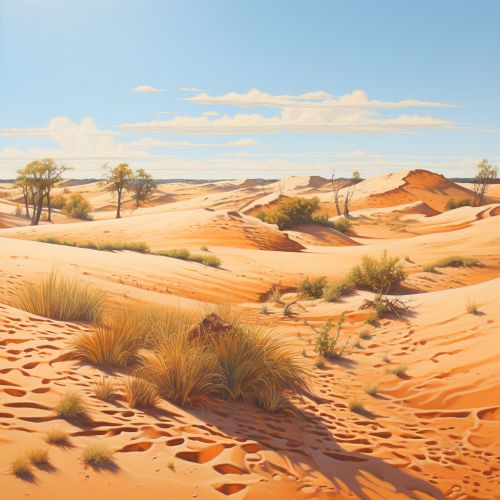

Crescentic Dunes
Crescentic dunes, also known as barchans, are the most common type of dunes. They are crescent-shaped mounds which are wider than they are long. The convex side of the dune faces the wind direction while the concave side is on the leeward side.
Linear Dunes
Linear dunes, also known as seif dunes, are long and narrow sand ridges that form parallel to the prevailing wind direction. They can reach lengths of up to 100 kilometers.
Star Dunes
Star dunes are pyramid-shaped dunes with slipfaces on three or more arms that radiate from the high center of the mound. They are formed from multidirectional wind regimes.
Dome Dunes
Dome dunes are circular or oval-shaped mounds that do not have a slipface. They are rare and occur when there is a limited sand supply.
Parabolic Dunes
Parabolic dunes, also known as U-shaped or blowout dunes, are formed by strong onshore winds. The vegetation cover on the dune prevents it from migrating, giving it a U-shape.

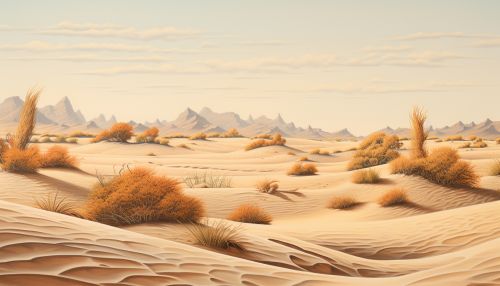
Distribution
Dunes are found in many environments, from coastal and desert regions to the polar latitudes. They are most commonly associated with desert regions, such as the Sahara Desert, where they can cover vast areas. Coastal dunes are found along seashores, where they serve as a buffer against coastal erosion.
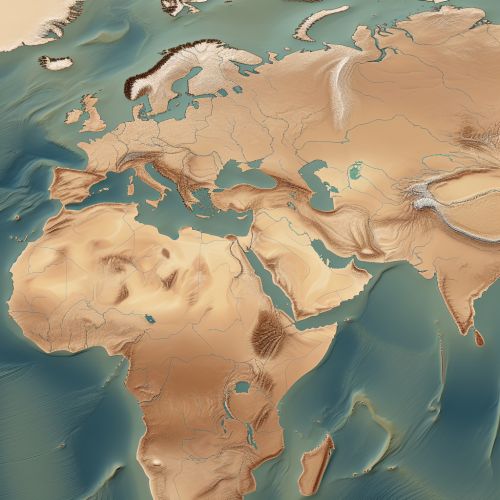
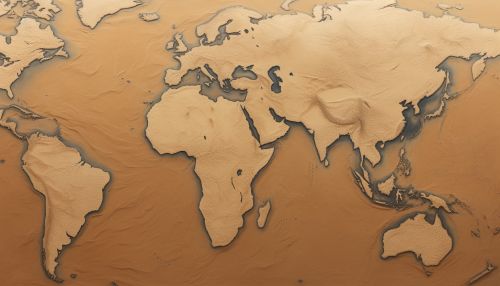
Ecological Importance
Dunes play a crucial role in many ecosystems. They act as a barrier to wind and waves, helping to prevent coastal erosion. They also provide a habitat for a variety of plant and animal species. In desert ecosystems, dunes can provide a refuge for organisms adapted to life in the sand.


Human Interaction
Humans have interacted with dunes for thousands of years. Dunes have been used for agriculture, as sources of sand for construction, and for recreational activities. However, human activities can also negatively impact dunes, leading to erosion and habitat loss.


